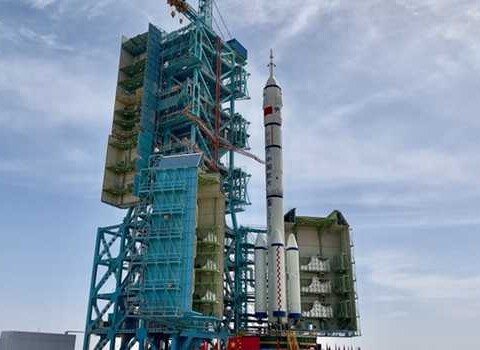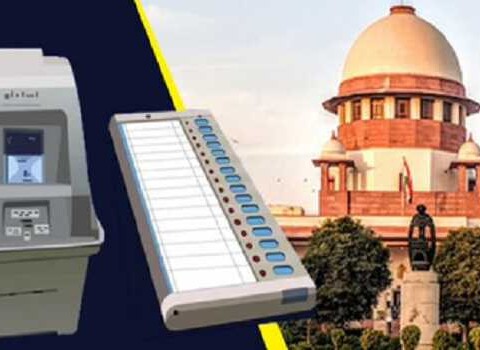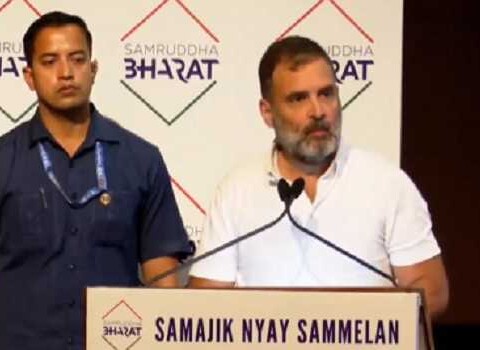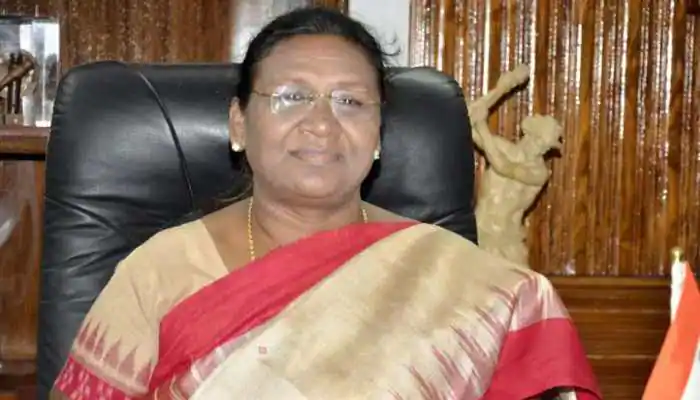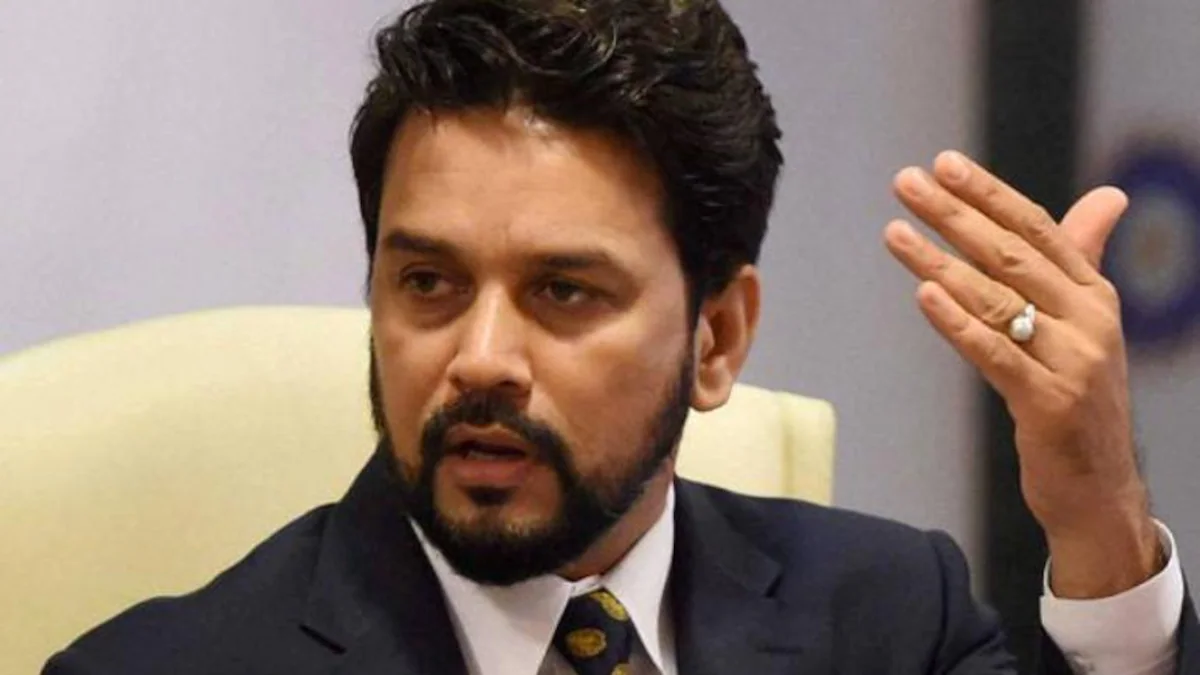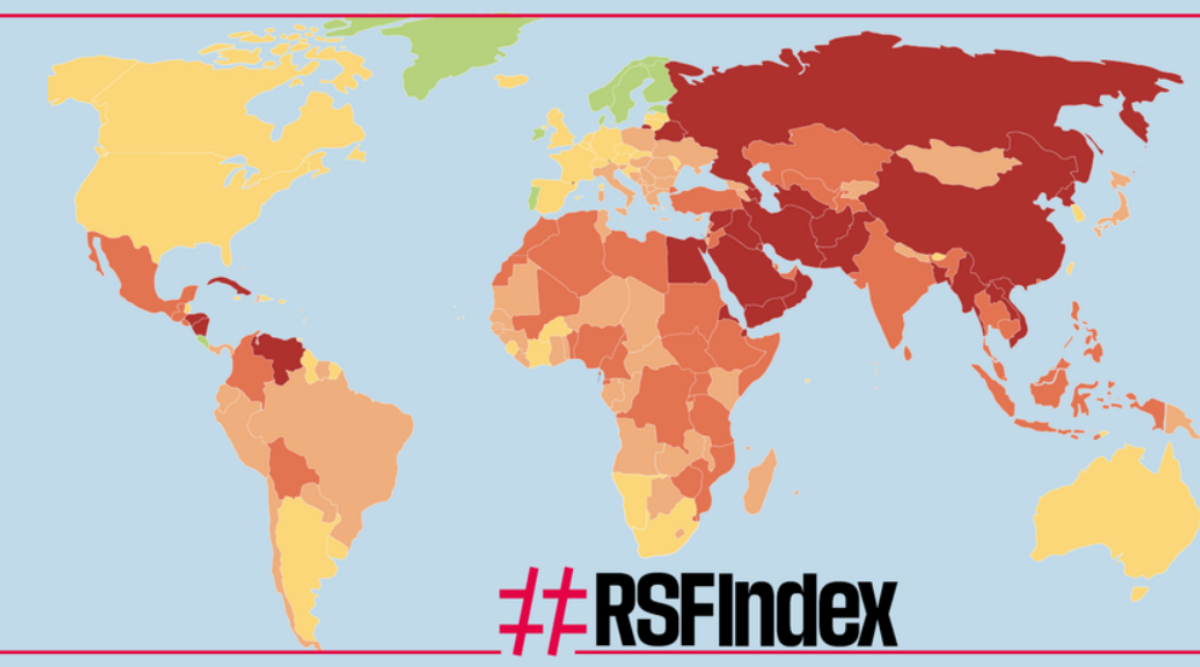“To cater to the needs of sewage flow in Srinagar city it requires 900 Kms of drainage network. Till date only 372 Kms of drain network has been laid in the city. This is not the only problem with drainage system but major portion of that built network is also outdated which has lost the capacity to carry the drained water,”
Amanjeet Singh
Srinagar: After few days of moderate rainfall in Srinagar, a narrow lane connecting Lal Chowk and Bakshi Stadium Road through Sarai Bala was inundated as the outlet for rainwater through drains was choked.
Filthy blackened drain water filled with half-crushed plastic bottles and polythene bags was overflowing, and over one feet of water had accumulated prompting shopkeepers to shut shops as none of the vehicles was able to pass through the lane.
Inhabitants had placed two wooden piles supported by bricks to walk upon and cross the waterlogged stretch. However, when situation worsened authorities put the fire tenders into service to drain out the water.
Few millimetres of rainfall are enough to inundate the major roads, lanes and interiors of Srinagar. Drainage system is not able to cater the needs of increasing population.
“Two days of continuous rainfall makes our business suffer. Water starts entering the shops,” complains a dealer of Stationary items in Sarai Bala.
Even few hours of rainfall are enough to submerge not only the commercial centres in the city centre like Residency Road, stretches of M.A Road and Koker Bazar but interiors of civil lines and areas of old city in the Srinagar.
“Besides being a city centre, which is the hub of commercial activities this road gets submerged every time it rains. Authorities come up with temporary solutions that too when they have mood to work. Otherwise, there is no one to look after. They (authorities) should come up with some long lasting solutions to this problem,” said Gulzar Ahmad, proprietor of cloth shop at busy Residency Road.
Acknowledging serious drainage problem in the city, Commissioner Srinagar Municipal Cooperation said, only around 40 percent of Srinagar city has been covered under drainage system. Out of that 40 percent, more than half cannot function properly as they are outdated drains which were constructed 6 decades ago during the reigns of Maharajas.
“To cater to the needs of sewage flow in Srinagar city it requires 900 Kms of drainage network. Till date only 372 Kms of drain network has been laid in the city. This is not the only problem with drainage system but major portion of that built network is also outdated which has lost the capacity to carry the drained water,” SMC Commissioner said.
“As it rains, the outlet points of the drains are submerged which are either in flood channels or in rivers. In those conditions authorities utilize the services of dewatering pumps, but they also breakdown at times,” Executive Engineer Drainage Division Urban Local Bodies said, adding the solid matter within the drains is not tackled scientifically, which adds to the problems.
Under Atal Mission for Rejuvenation and Urban Transformation (AMRUT) – a centrally sponsored scheme the Jammu and Kashmir has last month received the first instalment of Rs 37 crore for implementation of projects related to sewage, drainage and water supply.
“From city centre Lal chowk to interiors every defunct and outdated drain in the coming years will be reconstructed. Central government has pledged assistance of 153 crore out of which we have received 20 percent as first instalment to our state which will be fully utilized to construct and rebuild drainage network in Srinagar city” SMC Commissioner assured.
Officials at Pollution control Board raised concern over increase in drainage outlets in the city.
“At present Jhelum has potential to naturally purify its water. As the network of drains will increase in the city, the quantity of unfiltered drain water will either flow in Jhelum or Dal Lake,” official at Water Testing Lab in District State Control Board Srinagar says raising a concern that not a single treatment plant is available for drain water, which flows into Jhelum, polluting its waters.
Scientists in Pollution control Board suggests that Government should construct treatment plants along side drainage system to keep Jhelum clean.
Transportation:
This fact will shock you. For every 312 people in the city of Srinagar there is only one mini-bus, which officially has the permission to carry 13 persons at a time. According to the Census 2011, Srinagar city has population of 1206419 souls, and to cater the need of public transport only 3861 registered, mini-buses ply on different routes in the city.
“You board a Mini bus (Matador) and it’s like we are loaded like animals in those vehicles, overloading is common, besides Drivers make dozens of unnecessary stops at their own will” complains a commuter.
Government has notified that in one mini-bus, which forms the maximum portion public transport system the capacity is only to carry 13 passengers.
“Till recent years these matadors had capacity to carry around 20 passengers, however we have now made necessary that only 13 seats for passengers is made. This can make the journey comfortable” explains senior official in RTO Srinagar.
This fact will shock you. For every 312 people in the city of Srinagar there is only one mini-bus, which officially has the permission to carry 13 persons at a time. According to the Census 2011, Srinagar city has population of 1206419 souls, and to cater the need of public transport only 3861 registered, mini-buses ply on different routes in the city.
An officer in the Regional Transport Office Srinagar admits that there is a severe crisis and “we are in the process to strength the public transport system.’’
“No doubt majority of mini-buses plying in the city are uncomfortable. But at this time much cannot be done in this regard. This cannot be done in an overnight but will take longer time,” said Regional Transport Officer Srinagar.
Commuters in Srinagar are paying the price of decision taken back in late 90’s when Matadors were introduced in Kashmir. “At that time National Conference Government took this decision to introduce such uncomfortable Matadors for public transport in the Srinagar City,” alleges another official in RTO. “ However, we are trying to replace these Matadors,’’ he added.
“Look, I guarantee you won’t find this type of vehicle after 2030 in Kashmir and particularly in Srinagar city. These vehicles have shelf life of 25 years. After 25 years, these vehicles are “condemned”. We have registered matadors till 2005 in our office and little maths will explain that all such uncomfortable matadors will vanish from roads in 2030. We have to wait for few more years to get rid of this problem,” said Regional Transport Officer Srinagar.
Data accessed by The Legitimate reveals that in 2015, 116 minibuses registered in 1995 were taken off the roads, likewise this year 126 matadors are scheduled condemned, 17 in 2017, 33 in 2018, 2 in 2019, in 2020, 60 matadors will be condemned while 194 will be condemned in 2021. 
In a high level, video conference meeting chaired by Governor last month, it was discovered that traffic department has realized the revenue upto Rs 4.5 Crores as fine from erring drivers while the enforcement wing of the RTO has fined up to the tune f of 7.5 Crorers.
“We are shifting our strategy from enforcement to awareness. Though awareness camps were held but the message used to reach to less number of audiences. We, from this year are going to start the major awareness drives, colleges and schools will be our main targets,” informs RTO Srinagar.
“We had doubled the number of counters in our office so that we could be able to receive the token fees, and this suggests that awareness has increased in masses. You would see large number of people queuing up in lines even in inclement weather to deposit their dues, as enforcements are stricter now and people well aware. This is an achievement,” he exclaims.
However, Traffic Jams are order of the day and nothing concrete has been done to mitigate the problem besides stopping roadside parking problems. Street vendors’ occupying the footpaths and roadsides proves to be major hassle in the smooth flow of vehicles in Srinagar, especially in the city centre Lal Chowk.
The SMC officials though claim their men regularly carry out enforcement drives in the city to check the street vendors, but the ground reality shows different picture. “There is no permanent solution to the traffic mess caused due to street Vendors, but the main issue is unemployment. If people want to get rid of this problem they should themselves educate these vendors,” SMC Commissioner said. He pleaded helplessness saying “if we provide street vendors the market, who will guarantee us that no new vendor would not set up his stall on the footpath.’’
SMC is in the process to introduce the concept of ferry markets in the city, informed an SMC official. “However the idea is in the pipeline. Depending on the response, we will take next step. ‘’
The story was first published in print edition of April 13.



